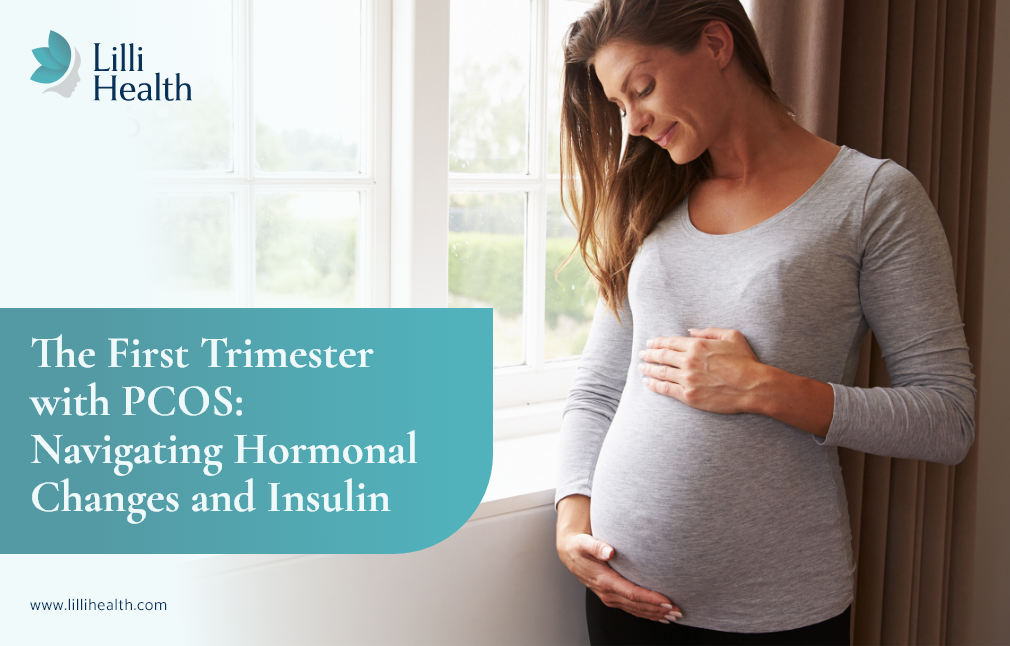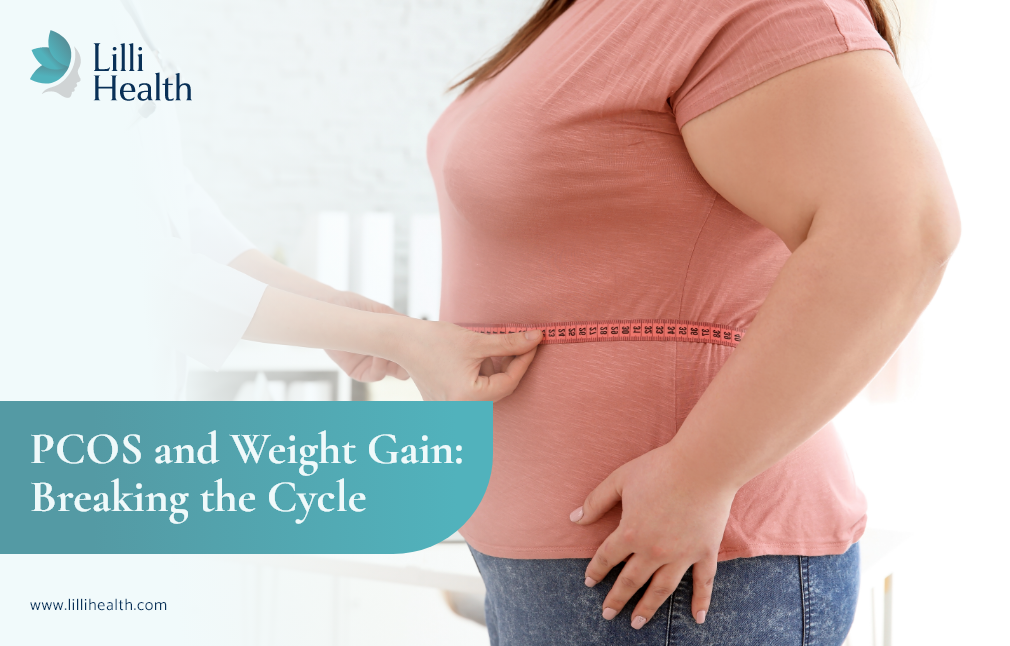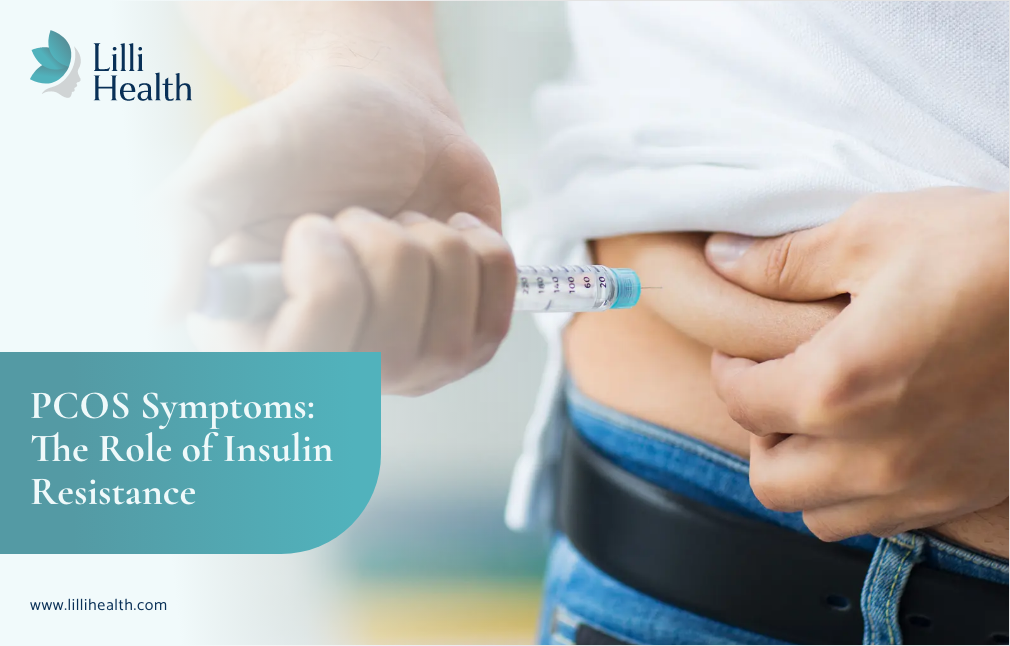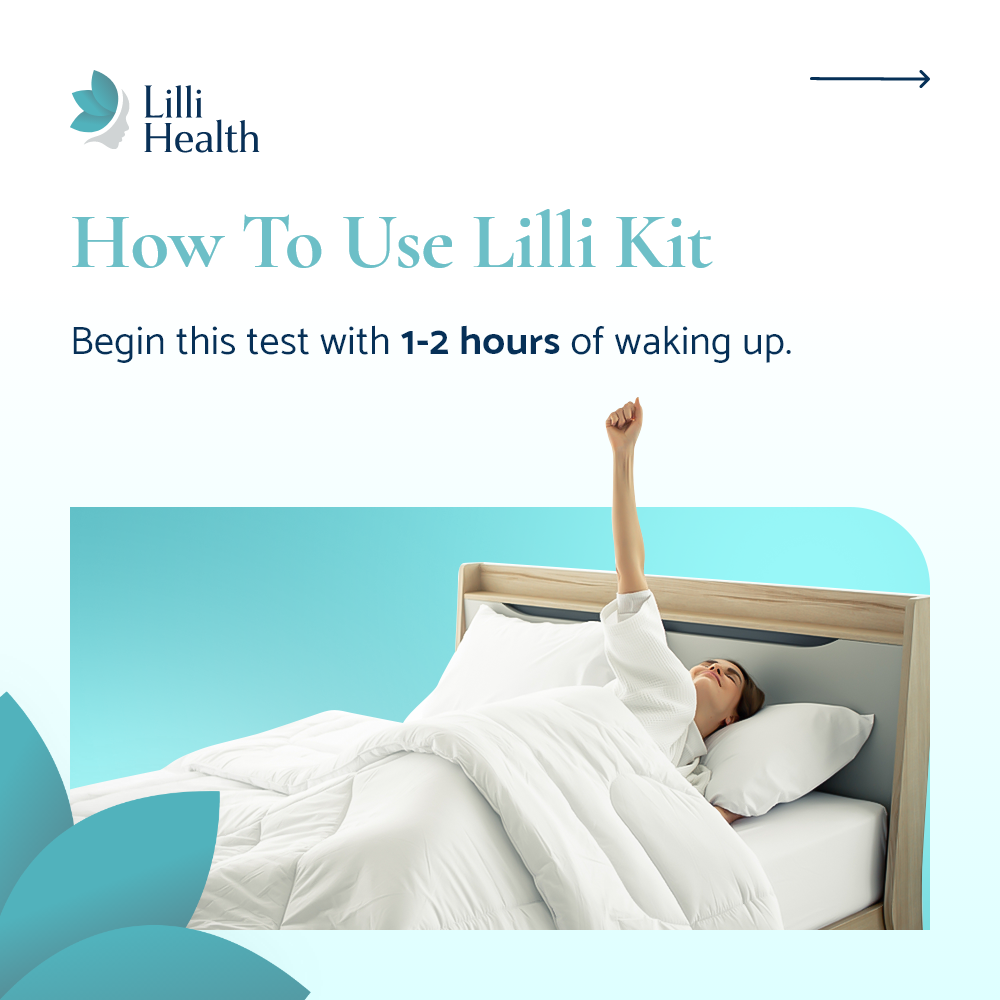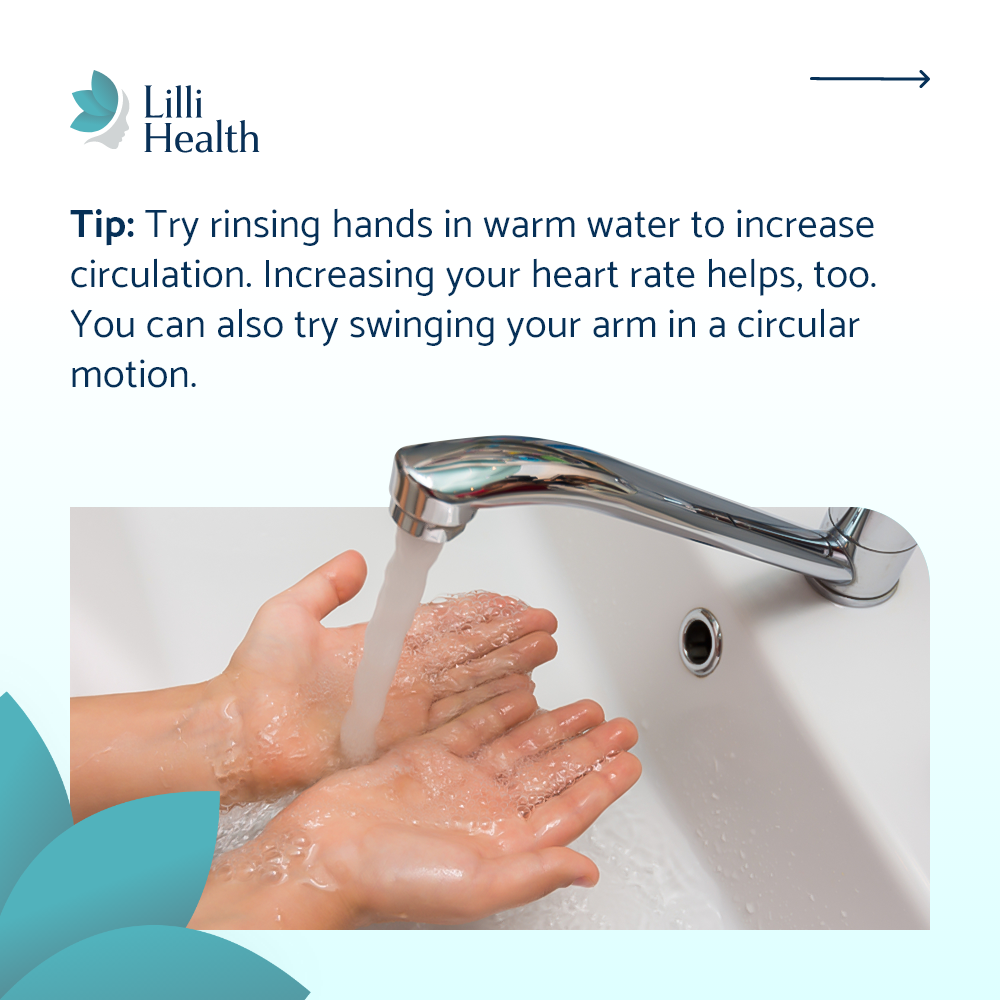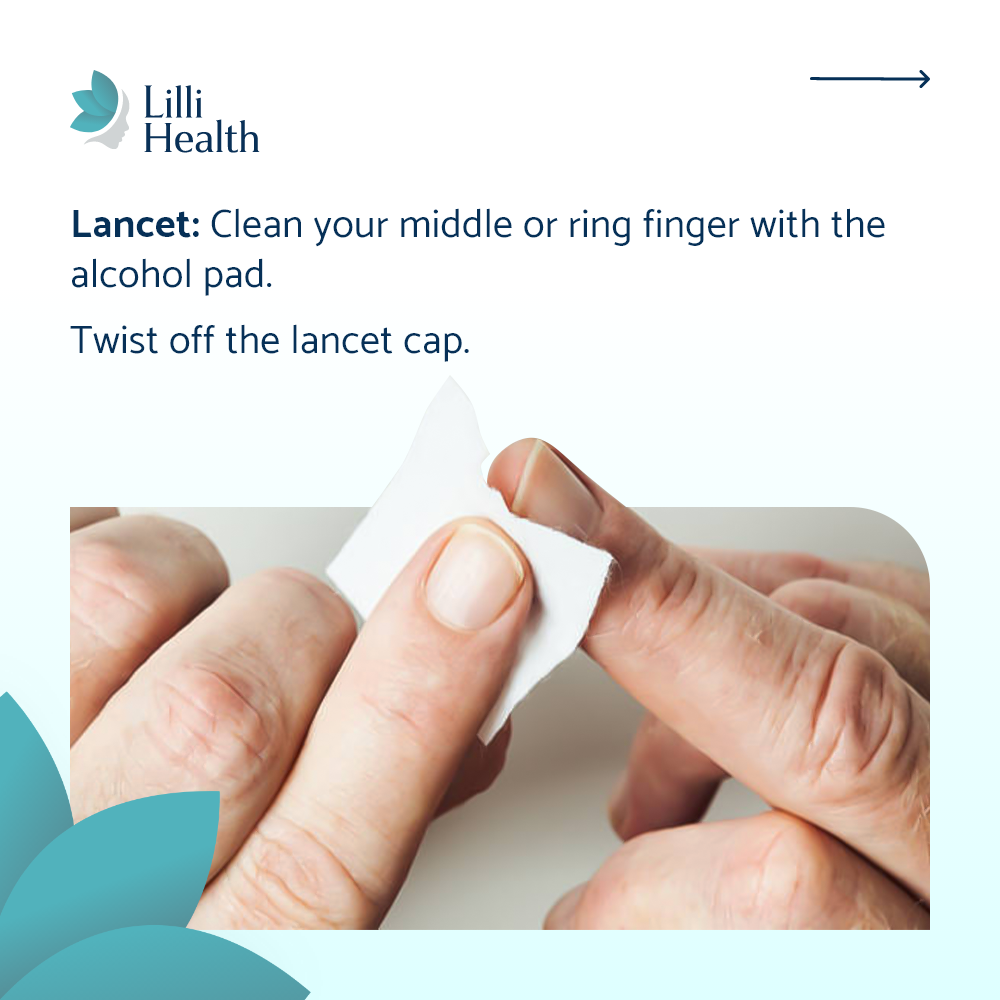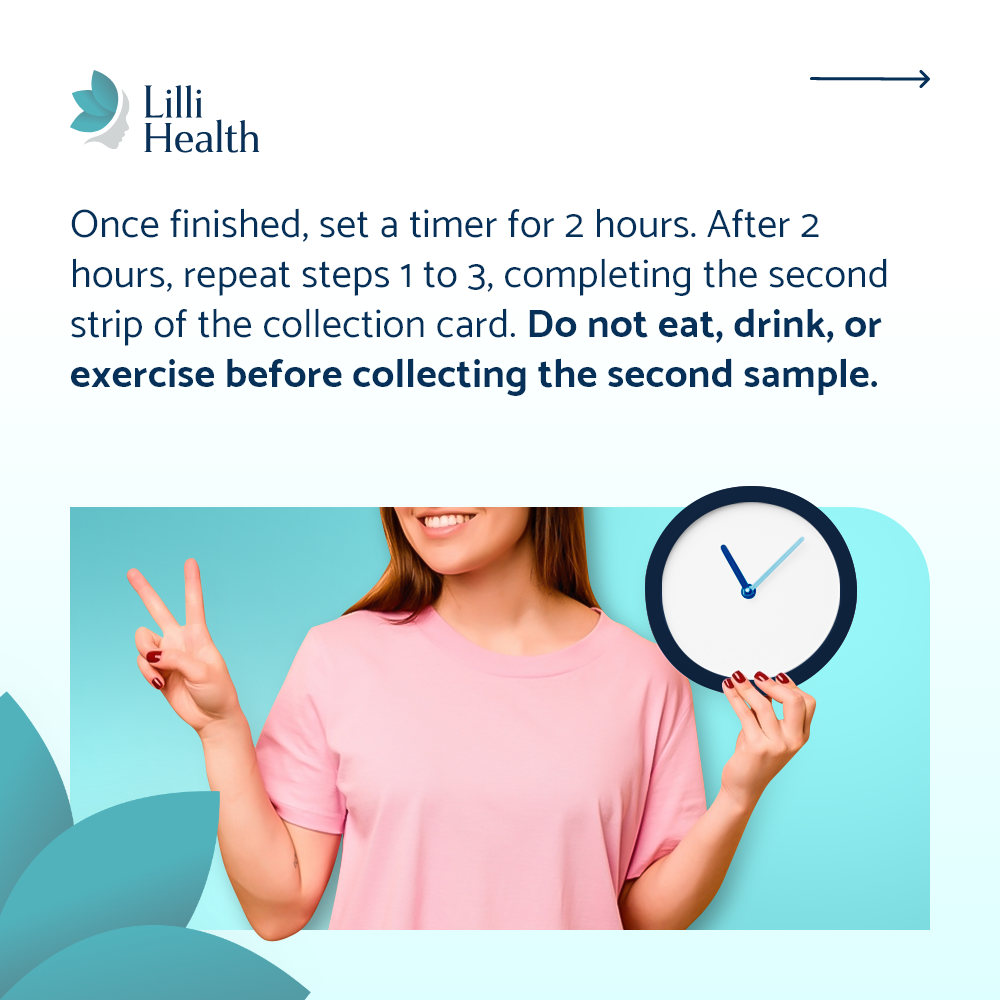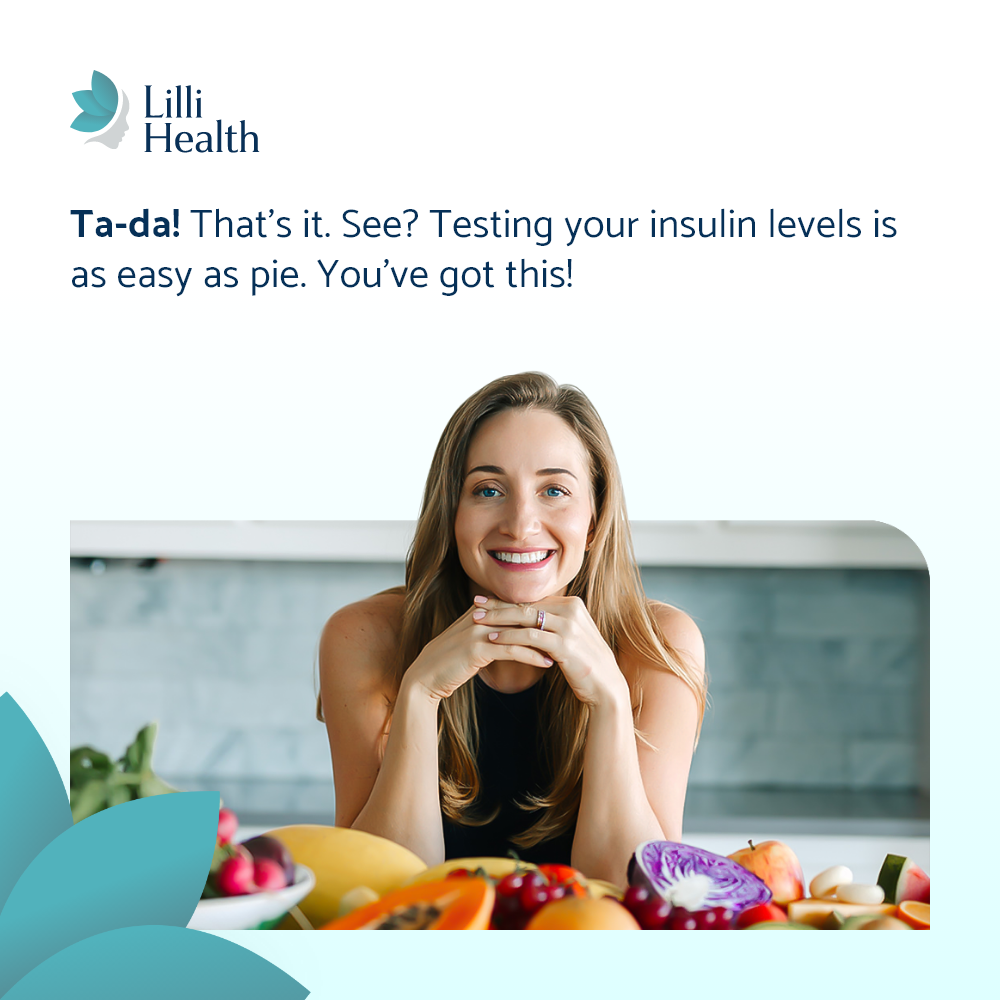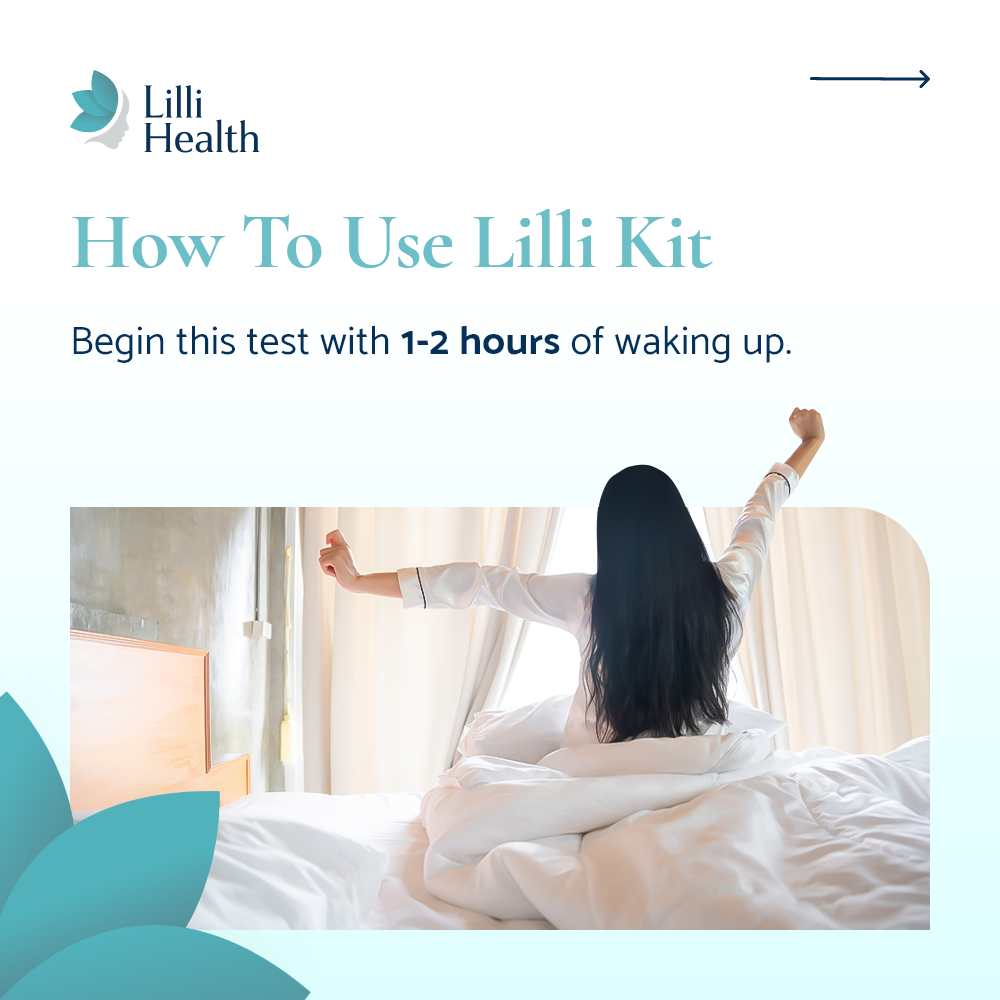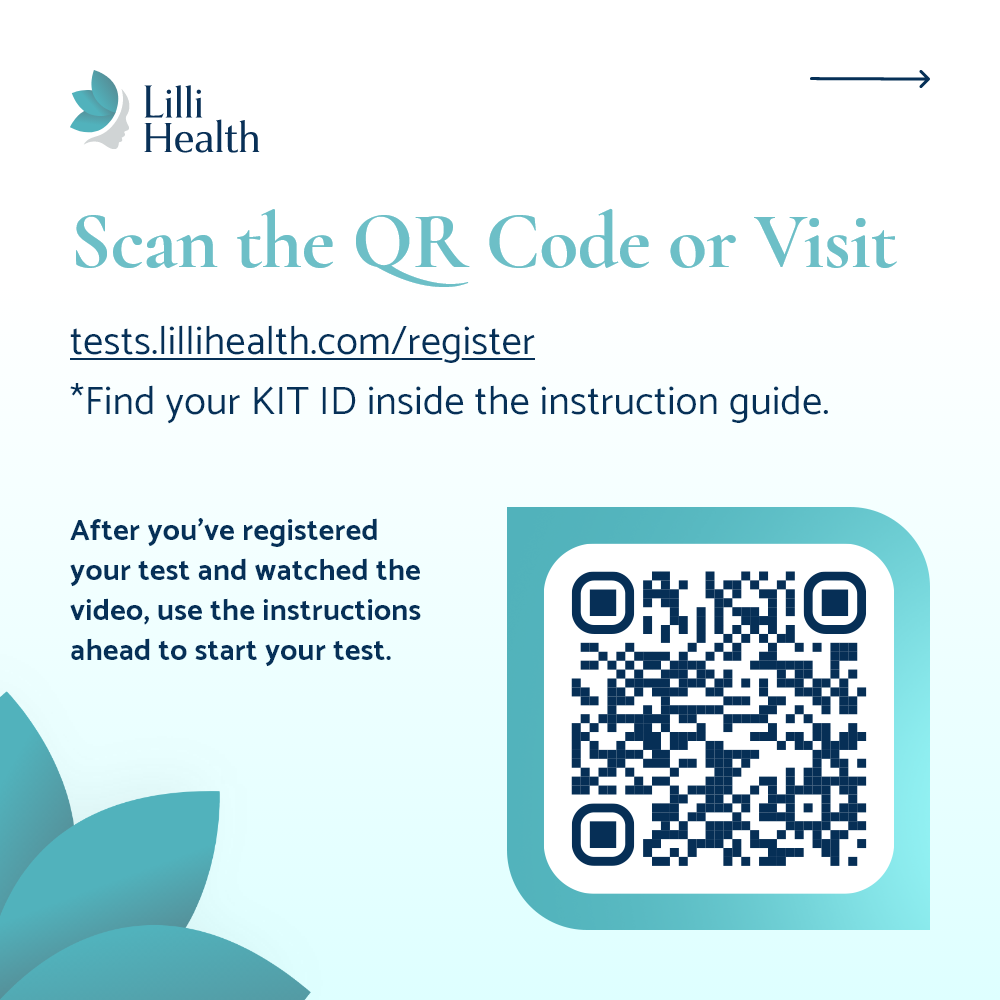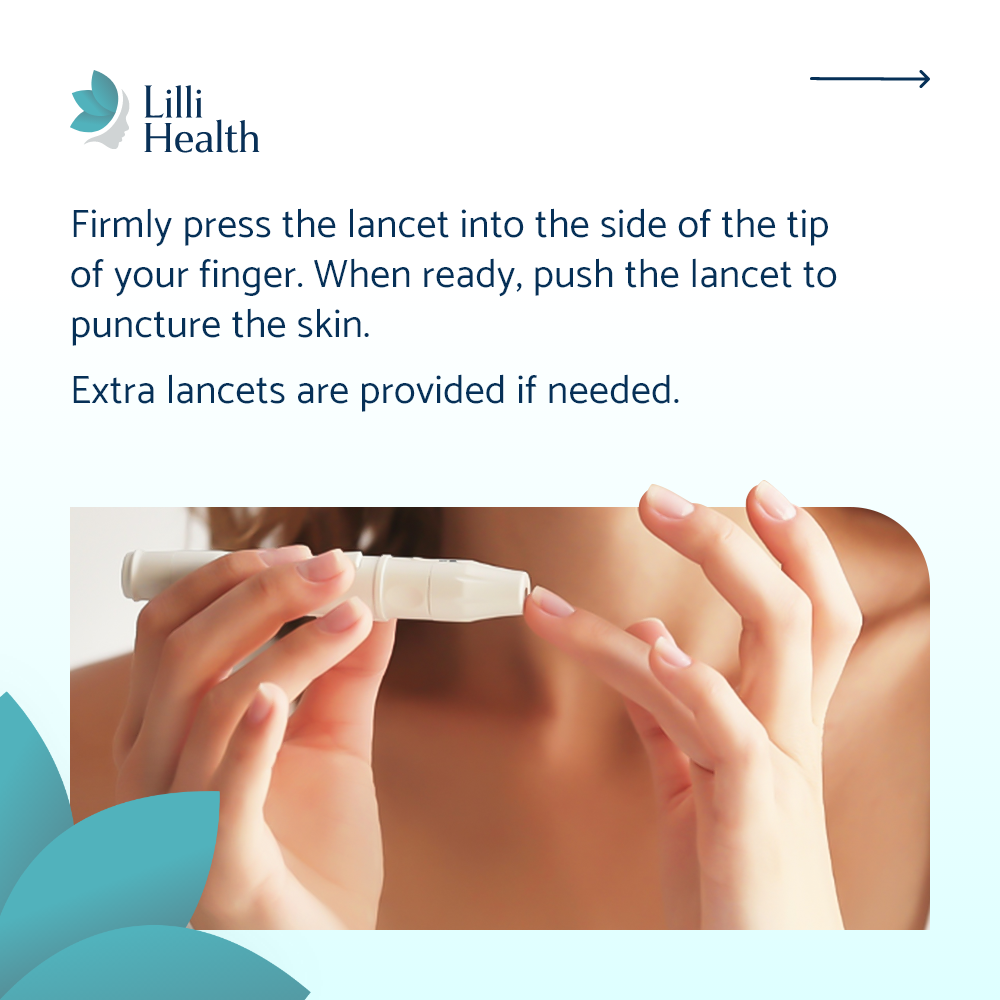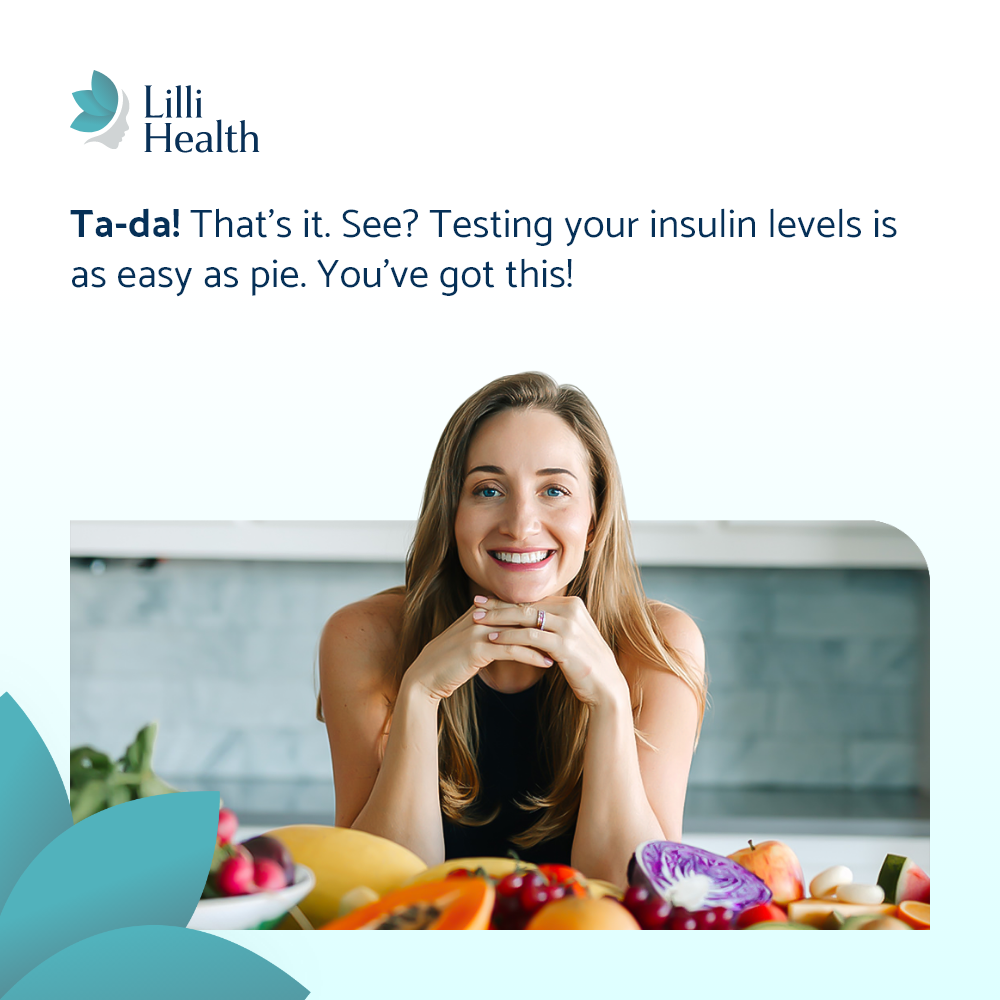Around the globe, Polycystic Ovary Syndrome (PCOS) is a shared reality for 1 in 5 women. If you’ve been diagnosed with PCOS, you’re likely grappling with the challenging duo of weight gain and insulin resistance, thanks to high insulin levels.
Healthcare professionals often suggest weight loss to manage insulin levels, a solution that seems straightforward. However, high insulin levels can make this mission feel like an uphill battle in a snowstorm. A more effective strategy understands the interplay between insulin and exercise for PCOS. This article explores why specific exercises are ideal for PCOS and how they tie into a holistic, sustainable lifestyle for improving symptoms and achieving long-term goals. Let’s get started!
Understanding Exercise and PCOS
Exercise is universally recognized for its many benefits, such as improved overall fitness, better sleep, stress reduction, and weight loss. However, for women with PCOS, the benefits go even deeper. Exercise aids in reducing insulin levels, promoting weight loss, and, more importantly, helping manage PCOS symptoms.
The goal of exercising for PCOS isn’t merely to burn calories; it’s to purge excess insulin from your blood and make the insulin your pancreas secretes work better.
So, how does this work? Exercises that focus on lowering cortisol levels and clearing excess glucose from the blood are the most effective.
Cortisol, the “stress hormone,” is produced by your adrenal glands in response to stress. Chronically high cortisol levels can lead to higher insulin levels, which can increase androgen production from the adrenal glands and ovaries, resulting in PCOS signs and symptoms.
Choosing the Right Exercises to Lower Insulin Levels
If calorie burning isn’t the main objective, what exercises should you choose for managing PCOS?
Research suggests walking, strength training, short bursts of high-intensity interval training (HIIT), and low-impact exercises like yoga are ideal for lowering insulin levels and reversing insulin resistance.
Walking
Simply getting your steps in every day can be incredibly beneficial for PCOS! Walking reduces cortisol levels, lowers insulin levels, and mitigates inflammation. On the contrary, more intense activities like running can elevate cortisol levels, potentially leading to increased insulin and androgen production. Therefore, walking proves more beneficial than general cardio for managing PCOS symptoms, including weight gain.
Strength Training
Strength training activities, like lifting weights or squats, lower insulin levels by activating GLUT-4 vesicles, which shuttle glucose into the cells. This process reduces the amount of insulin secreted by your pancreas and improves your body’s sensitivity to insulin. Regular strength training, regardless of how heavy the weights are or how much muscle mass you build, is extremely helpful in lowering insulin levels.
High Intensity Interval Training (HIIT)
HIIT exercises are short, intense workouts followed by rest intervals. An example is sprinting, with a short rest period between each sprint. These exercises can be done in just 10 minutes and have been shown to be very effective at helping reverse insulin resistance. Despite causing a brief increase in cortisol levels, they help lower insulin levels and improve insulin sensitivity. However, for HIIT to be effective, it must be paired with a low-insulin lifestyle.
Low-impact Exercise
Activities such as yoga, barre, Pilates, and tai chi, help lower cortisol and clear excess insulin from the blood. They help connect breathing, movement, and meditation, which are known to be effective at lowering cortisol levels. Despite not being major calorie burners, these activities are among the best for improving insulin sensitivity.
High-Intensity vs. Low-Intensity: Which Is Better?
When it comes to managing PCOS, both high-intensity and low-intensity exercises can be part of an effective fitness strategy. But it’s essential to understand how each type impacts insulin levels and, consequently, PCOS symptoms.
High-Intensity Exercise
For women with PCOS, high-intensity exercises have been shown to help reduce insulin resistance effectively. The intense activity pushes your muscles to work harder, allowing them to absorb more glucose from your blood, reducing the amount of insulin required. This mechanism helps lower insulin levels in your bloodstream, improving your body’s sensitivity to insulin, a crucial factor for weight loss and managing PCOS.
Low-Intensity Exercise
Low-intensity exercises such as walking, yoga, Pilates, and strength training involve sustained activity at a steady pace. These exercises are less about burning calories and more about maintaining steady blood glucose levels, reducing insulin spikes, and managing cortisol levels.
Finding a Balance
The best fitness strategy for managing PCOS is a balanced combination of high-intensity and low-intensity workouts tailored to your needs and preferences. Experiment with different exercises, pay attention to how your body responds and adjust your routine accordingly. The goal should be a consistent, sustainable fitness regimen that works for you and supports your journey to manage PCOS.
Is Exercising the Key to PCOS Weight Loss?
While exercise is part of the weight loss equation, nutrition is the main element. Simply put, you can’t out-exercise a poor diet. If your food intake consistently spikes your insulin levels, no amount of exercise will compensate.
A combination of regular exercise and a low-insulin lifestyle – eating foods that minimize insulin spikes – can increase insulin sensitivity and remove excess insulin from the bloodstream. This approach can help lower insulin levels, reduce testosterone production, improve PCOS symptoms, and aid in weight loss.
Final Thoughts: Losing Weight with PCOS
Remember, be physically active because it’s beneficial for your body. It reduces stress, lowers insulin levels, and can improve sleep. Choose activities that bring you joy, irrespective of their calorie-burning capacity. A sustainable lifestyle change is crucial for managing PCOS, and that’s where Lilli Health can help.
About Lilli Health
At Lilli Health, we’re committed to dispelling the fog of misinformation surrounding PCOS treatment and management. We provide science-backed strategies to help you overcome PCOS symptoms and achieve long-term wellness goals.
From weight loss and improving fertility to taming inflammation, we’ve got your back with a toolkit designed to help you succeed. For more evidence-based strategies, grab our book, “Low Insulin Lifestyle,” and subscribe to our newsletters for PCOS-related content delivered straight to your inbox!
With a low-insulin lifestyle and the right fitness tips, you can effectively manage PCOS. Remember, no amount of exercise alone can lead to effective weight loss without sustainable lifestyle changes, and we’re here to guide you along the way.
_____________________________________________________________________________________
Exercise for PCOS FAQs
Can exercise help with my insulin resistance linked to PCOS?
- Yes, exercise can certainly help with insulin resistance linked to PCOS. Both aerobic exercises, such as walking and resistance training, promote glucose uptake in your cells, effectively reducing insulin levels in your blood. Lower insulin levels can alleviate insulin resistance, a common symptom in women with PCOS.
Will exercise help with weight loss if I have PCOS?
- Yes, exercise can assist with weight loss if you have PCOS, but not in the traditional sense of “calories in, calories out.” The key lies in the type of exercise and how it impacts insulin levels. Remember, weight loss in PCOS is less about calorie burn and more about reducing high insulin levels. Activities that help lower insulin levels, such as walking, strength training, HIIT, and low-impact exercises like yoga, can contribute to weight loss.
Can regular exercise help regulate my menstrual cycle?
- When combined with a low-insulin diet, regular exercise can help regulate menstrual cycles. By helping reduce insulin levels and testosterone levels, exercise can help restore ovulation and regular menstrual cycles in women with PCOS. It’s important, however, to avoid excessive exercise, which can stress the body and potentially disrupt the menstrual cycle.
Can exercise help alleviate symptoms such as fatigue, mood swings, and depression associated with PCOS?
- Yes, exercise can play a significant role in managing these symptoms. Regular physical activity boosts mood and can help reduce fatigue by improving energy levels. Additionally, certain exercises like yoga and Pilates can help manage stress and alleviate mood swings. Exercise can also have a positive impact on depression, acting as a natural antidepressant by triggering the release of endorphins, the body’s feel-good hormones.


